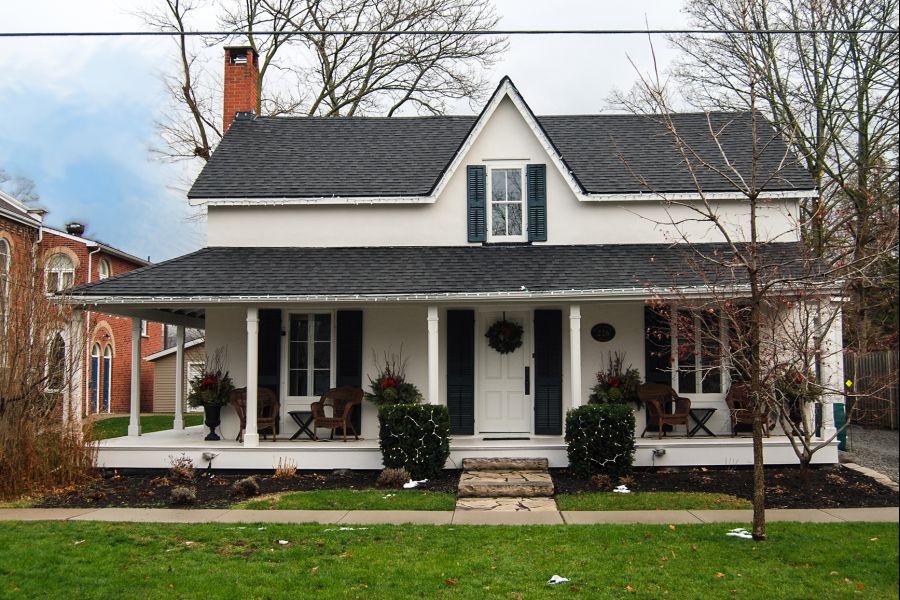There is a lot of sloppy terminology employed in the heritage field when describing architecture. While accuracy is one of my hobby-horses, it’s something I believe is central to establishing a common understanding of our historical as-built heritage.
During the last week I encountered two separate heritage professionals who, when describing the same house in their individual reports, used a term (“Gothic Cottage”) which attempts to merge a building form with an architectural style.
Let’s take a moment to cursorily define both “style” and “form.”
An architectural style is an internationally recognized set of defined parameters which, when employed with discipline by a skilled designer, consistently results in a finished presentation that can loosely be described as appearing to belong to the same “family.” Examples of common 19th-century architectural styles include Georgian, Regency, Gothic Revival and Queen Anne.
On the other hand, a building form (or type) relates to the basic shape of a house upon which the designer will incorporate the elements and details of a style. The American Foursquare and the Ontario Cottage were both building forms that were widely used in this manner; with the latter being so frequently built here it was actually named after our province.
In the late 1820s, one-and-a-half storey, three bay, end gabled or hipped-roof houses with a centred front facing gable began to be built. It was rare that an architect was involved in the design of these homes.
These were very practical houses built by skilled carpenters or (in the second half of the 19th century) masons. But that didn’t preclude the liberal incorporation of the most popular architectural elements of the day.
Thus, early examples of this form might sport a Regency verandah with French doors letting on to it. Then, after 1840, the pointed, segmental arched or semi-circular windows, a trim-work decorated porch, and/or fancy bargeboard, popularized by the Gothic Revival style, might be included in the build.
Still, no matter what the stylistic details might have been, this building form was so appealing (and cost-effective) to the average person contemplating building a new home, the Ontario Cottage was a go-to form throughout the 1800s and well into the early decades of the 1900s.
Correctly, the heritage professionals could have said an “Ontario Cottage form with Gothic elements” but, of course, since the house in question has no Gothic elements, that would have been incorrect as well. I suppose calling it an Ontario Cottage would be too simple?











